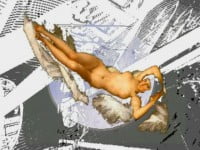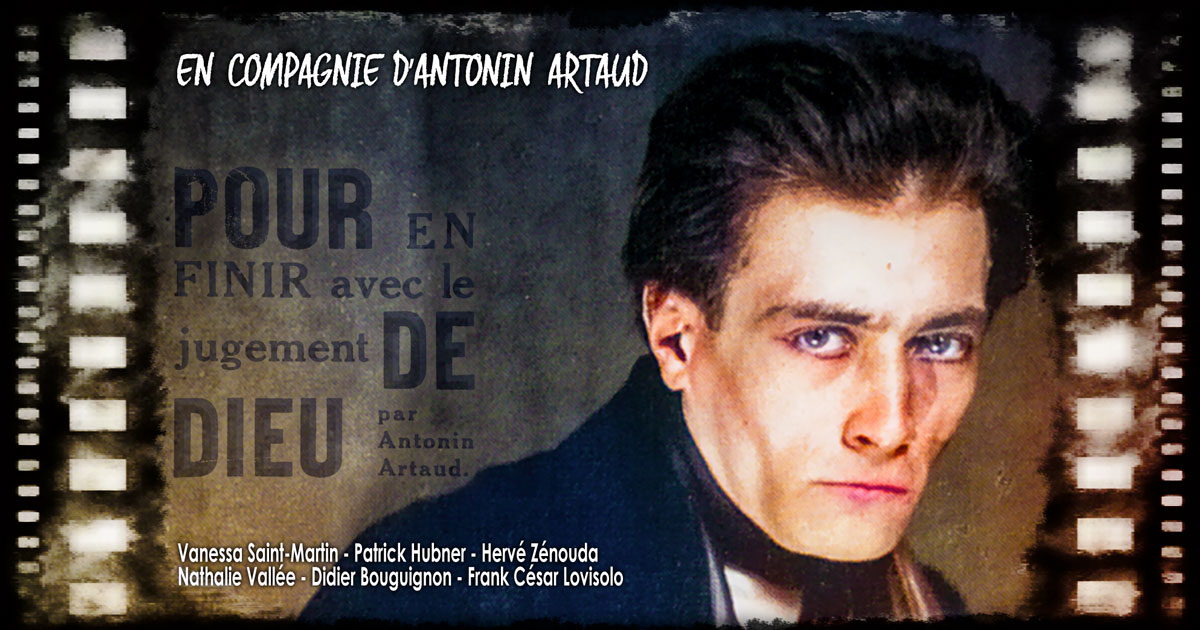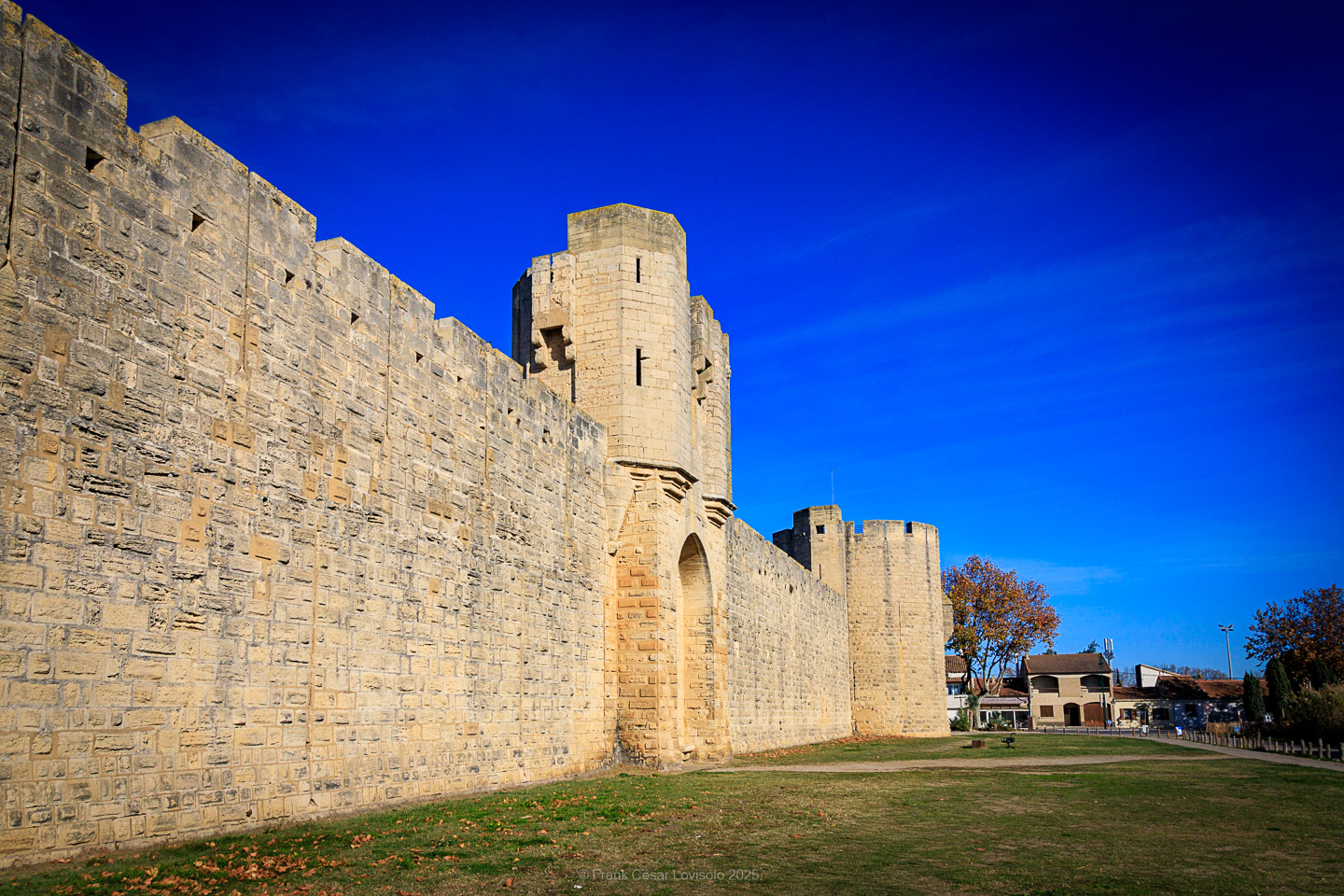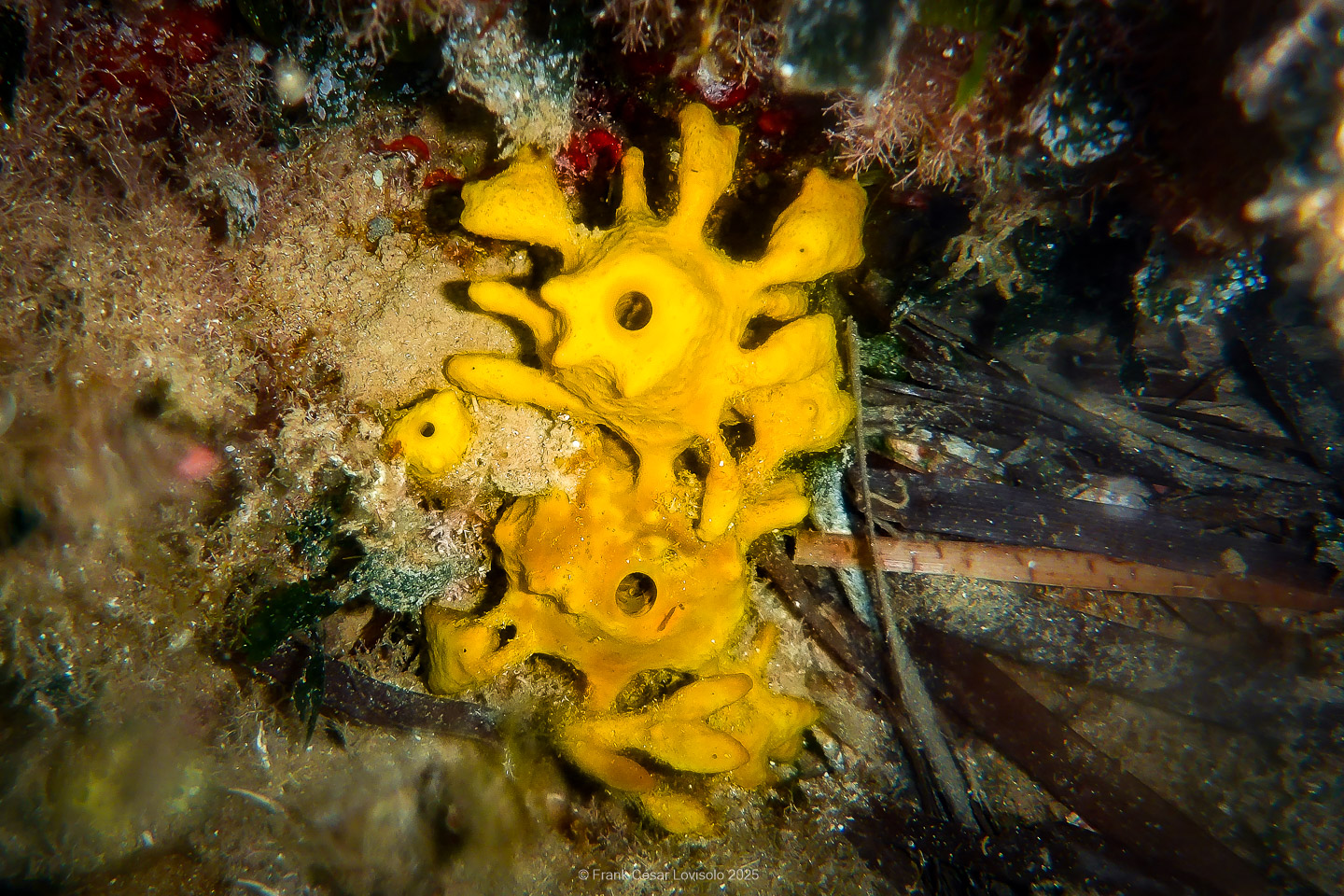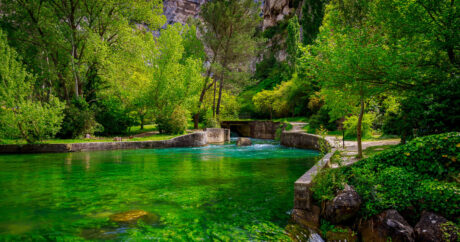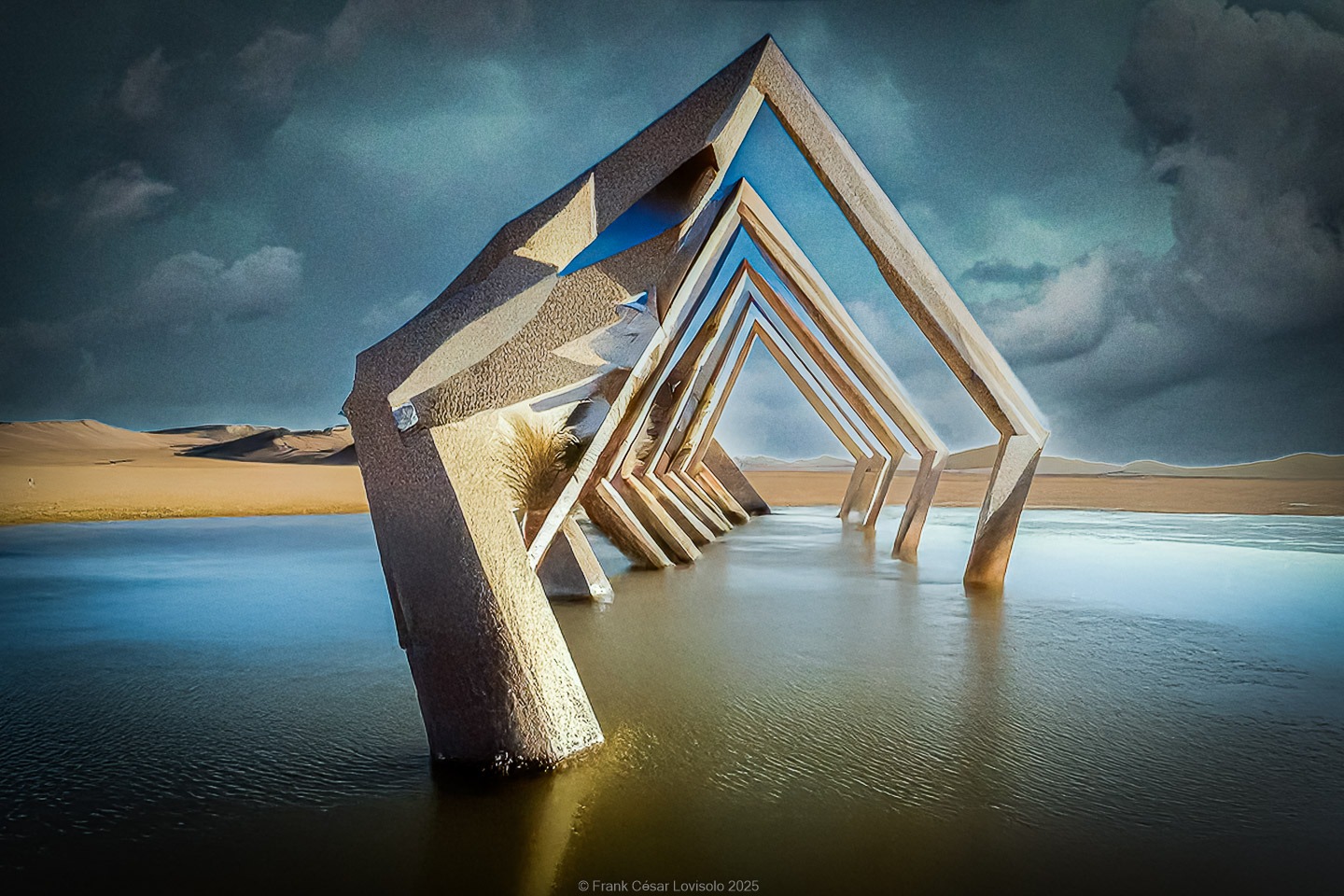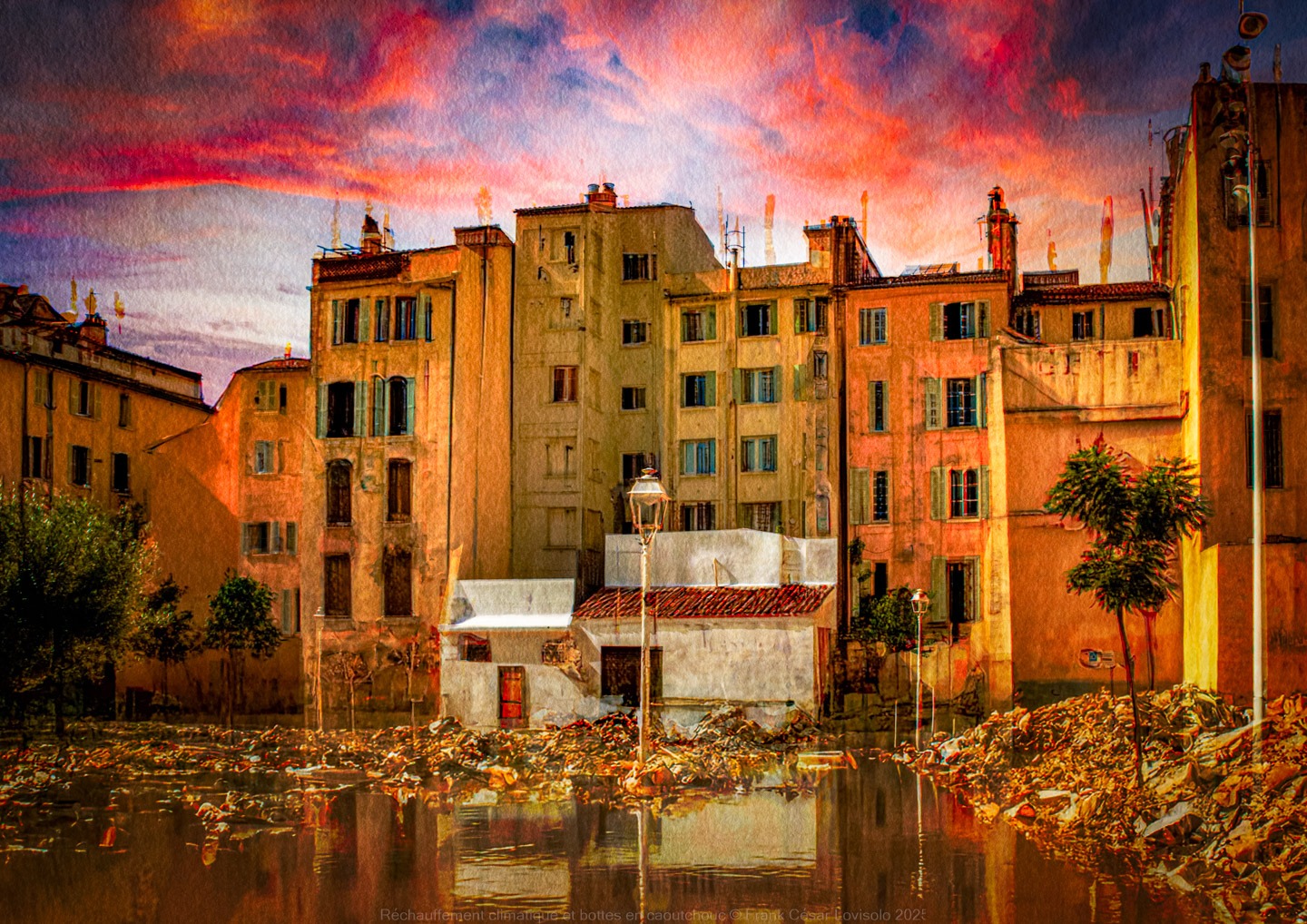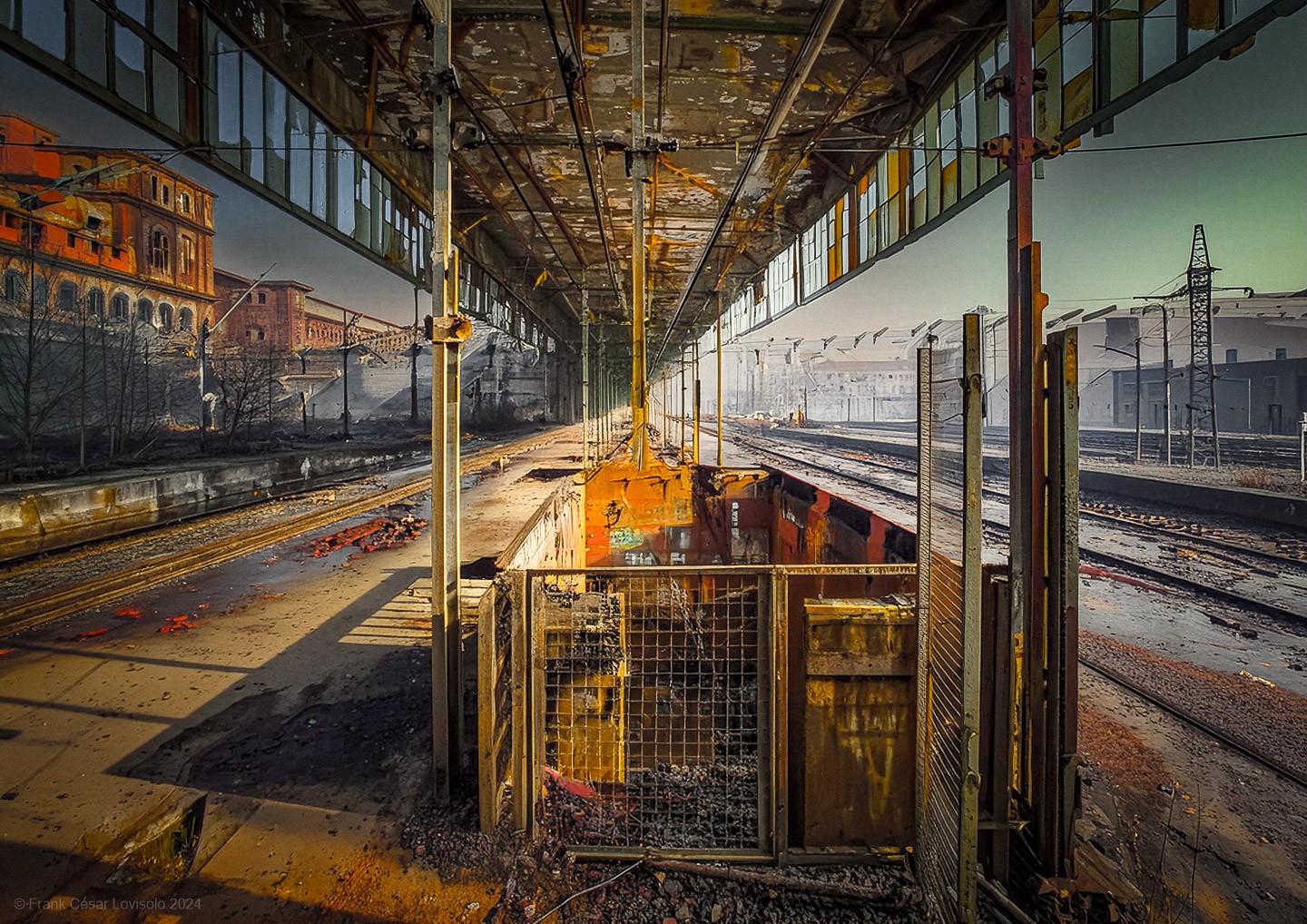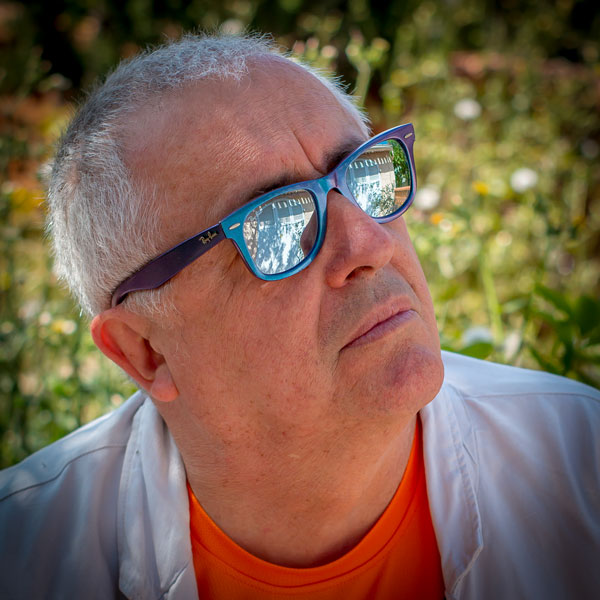Catégorie : Vidéos Compositions
L’art vidéo naît, en tant qu’expression artistique, au début des années 1960, de la rencontre de plasticiens, d’ingénieurs et de responsables de chaînes de télé qui cherchent de nouvelles possibilités d’utilisation du médium vidéo.
Video art is an art form which relies on using video technology as a visual and audio medium. Video art emerged during the late 1960s as new consumer video technology such as video tape recorders became available outside corporate broadcasting.
Video art can take many forms: recordings that are broadcast; installations viewed in galleries or museums; works streamed online, distributed as video tapes, or DVDs; and performances which may incorporate one or more television sets, video monitors, and projections, displaying live or recorded images and sounds.
Video art is named for the original analog video tape, which was the most commonly used recording technology in much of the form history into the 1990s. With the advent of digital recording equipment, many artists began to explore digital technology as a new way of expression.
One of the key differences between video art and theatrical cinema is that video art does not necessarily rely on many of the conventions that define theatrical cinema.
Video art may not employ the use of actors, may contain no dialogue, may have no discernible narrative or plot, or adhere to any of the other conventions that generally define motion pictures as entertainment. This distinction also distinguishes video art from cinema’s subcategories such as avant garde cinema, short films, or experimental film.
Ghosts in Ukraine
Les Objets de Cézanne – Musique et Vidéo
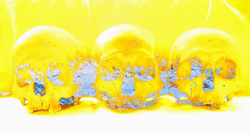
Reading Time: 3 minutesComposition vidéo et musique pour l’exposition » les objets de Cézanne »
Dans l’atelier du maître en 2006. Images : Gabriella Carbone.
Musique et montage : Frank Lovisolo
Video and music for the exhibition “Les objets de Cézanne” in this workshop in 2006. Images: Gabriella Carbone. Music and editing: Frank Lovisolo Suite – Continue reading

